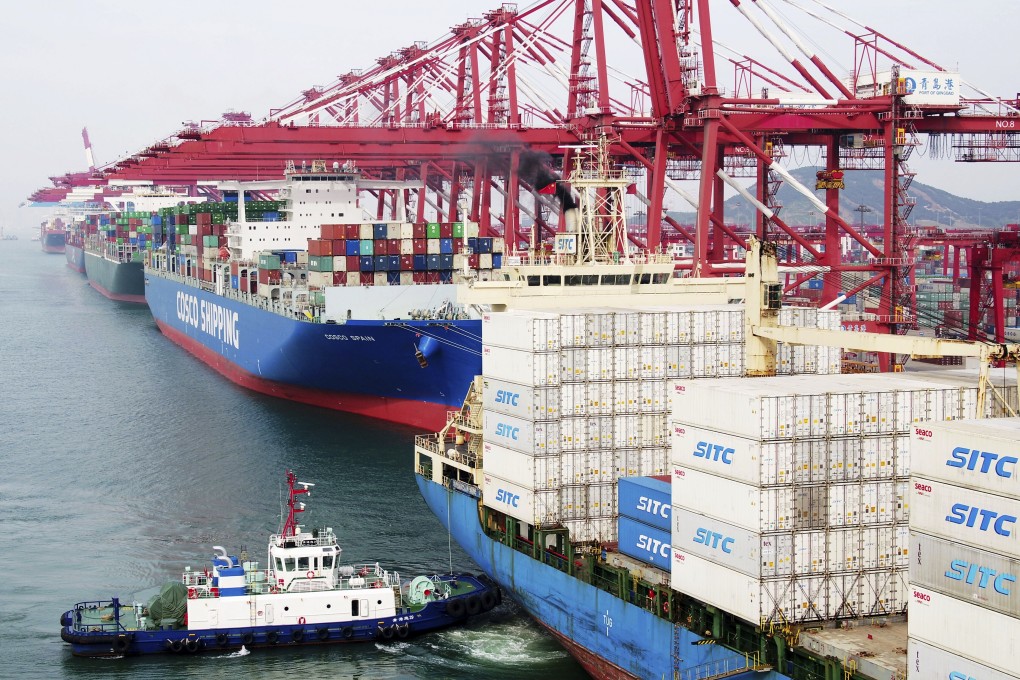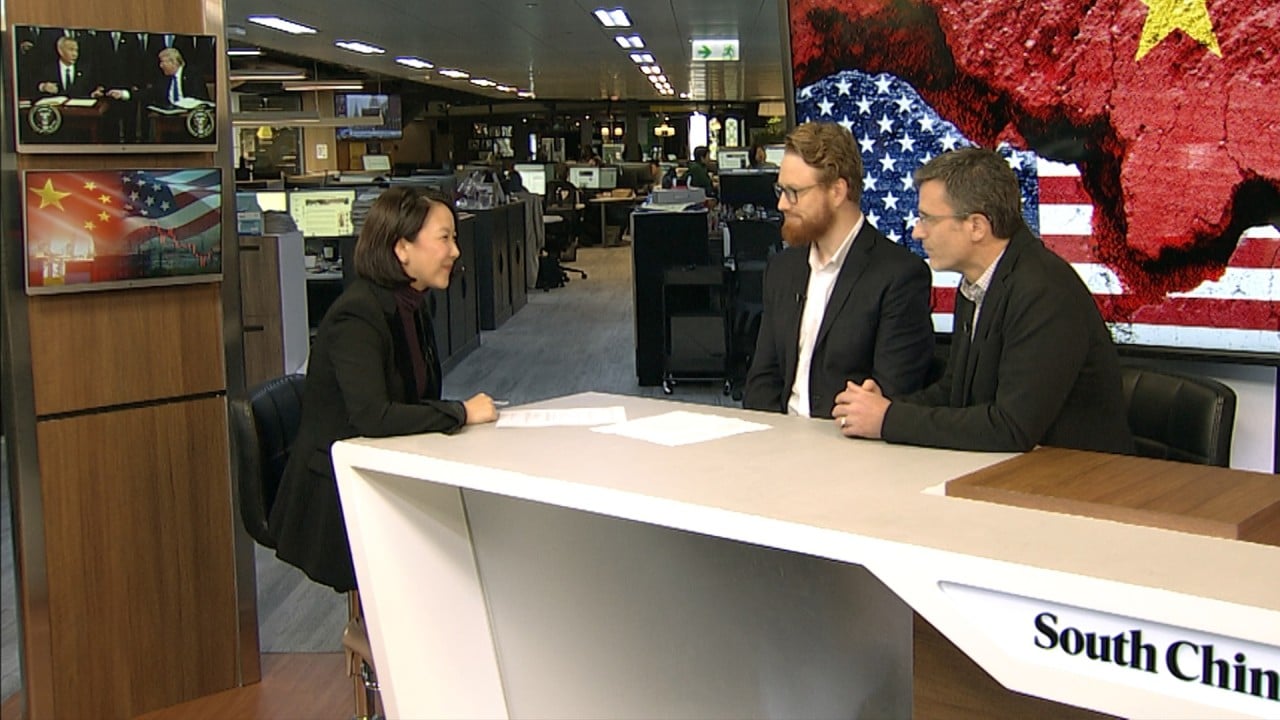Opinion | Can Beijing ease the US-China trade war through Asia-Pacific cooperation?
- As tensions between Washington and Beijing grow more toxic, East Asia is adopting a regional approach to economic integration
- The CPTPP and RCEP agreements offer hope in a dangerously divided world, and a path for China to shape the future global trading system

While the US-China trade war often captures headlines, a potentially more important trend is taking shape: East Asia is adopting a regional approach to economic integration. American isolationism and Covid-19 are accelerating this trend. US-China tensions are becoming ever more toxic and businesses are backing away from trans-Pacific supply chains.
Two trade agreements are defining this regional turn: the Comprehensive and Progressive Trans-Pacific Partnership (CPTPP) signed in 2018, and the Regional Comprehensive Economic Partnership (RCEP) to be signed this year. They will lower regional trade costs and establish regionally focused rules and institutions.
They are likely to be dominated by China, Japan and South Korea – the United States and India were initially partners in the CPTPP and RCEP, respectively, but withdrew from them before they were finalised. The agreements are large even without them; the RCEP, for example, has a combined GDP as large as that of the US or Europe.

07:38
Unpacking the ‘phase one’ deal for the US-China trade war
These regional trends would have felt confining in the past, but in today’s global environment they offer substantial benefits. In computer simulations published by the Peterson Institute for International Economics, we examined the long-term economics of the US-China trade war and the two regional accords. We found that China has the most to lose from the trade war – and the most to gain from the new agreements, economically and strategically. China is a member of the RCEP and, in a surprise announcement following the 2020 National People’s Congress, Premier Li Keqiang expressed interest in joining the CPTPP.
The US-China trade war, according to our study, will not only harm China and the US but also depress world GDP by US$301 billion and world trade by US$1 trillion annually by 2030. These large numbers result from a partial destruction of the huge US-China relationship. The US will replace much, but not all, of its trade with China by buying more from Mexico and South Asia. China will replace much, but not all, US trade by doing more business with Japan, Korea and Taiwan. The common denominator is a retreat from efficient international supply chains.
But the new regional agreements will repair some of this damage. The CPTPP will forge stronger connections among its 11 members in Asia and the Americas, while establishing state-of-the-art provisions for digital trade. It will especially benefit Japan, Mexico and Malaysia. The RCEP will connect China, Japan and Korea with each other and smaller East Asian economies – it will be the first free-trade agreement connecting the three giants. Together, the CPTPP and RCEP offset the negative effects of the trade war for the world as a whole, but not entirely for China and the US.
Yet relations between China and its East Asian neighbours are strained: many fear China’s assertive economic and security policies. It may be tempting – but counterproductive – for China to use its new regional leverage to seek “China first” economic concessions and full political support in exchange for lucrative economic ties.
The opposite approach – building an open, mutually advantageous framework – would go much further in driving the region’s post-Covid-19 recovery and long-term dynamism. It would consolidate diverse economic and technological assets and make regional competition more productive and less contentious.


